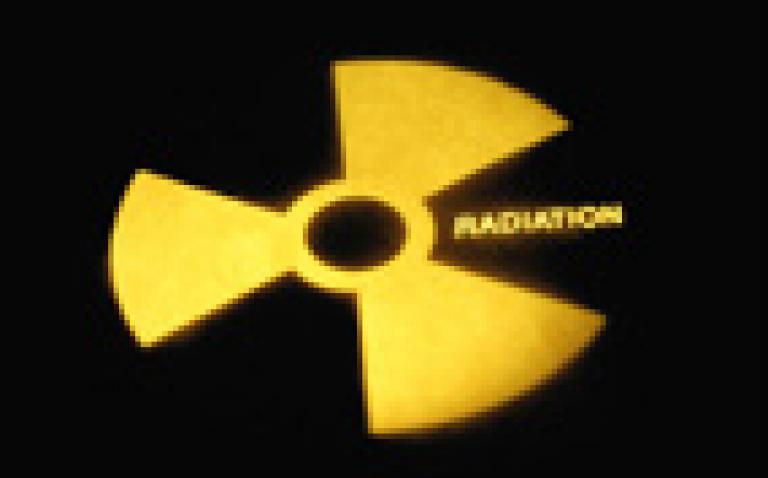Radiologists at the Medical College of Wisconsin have discovered that prospective electrocardiogram (ECG) gating allows them to significantly reduce the patient radiation dose delivered during computed tomography (CT) angiography, a common non invasive technique used to evaluate vascular disease. Electrocardiogram gating is a method of capturing images of the heart and great vessels when there is least movement.
The study results are published in the American Journal of Roentgenology. Medical College researchers at Froedtert Hospital compared the use of retrospective ECG gating (when the radiation beam is on constantly) and prospective ECG gating (when the radiation beam is turned on only intermittently) during CT angiography.
Forty patients were evaluated using retrospective gating and 40 more were evaluated using prospective gating.
“In comparison, image quality was equivalent,” said W Dennis Foley, professor of radiology and chief of the Froedtert & Medical College digital imaging section.
“Our study is significant because it shows radiologists are able to significantly decrease the radiation dose delivered to the patient during CT angiography,” said Dr Foley.
“Prospective ECG-gated CT angiography is a technically robust, non-invasive imaging technique for the evaluation of vascular disease. It is safer than conventional angiography and the patient benefits from having it done intravenously rather than through the arteries.”
Coauthors of the study are Wenhui Wu, visiting fellow from Beijing, and Joseph Budovec, assistant professor of radiology.










